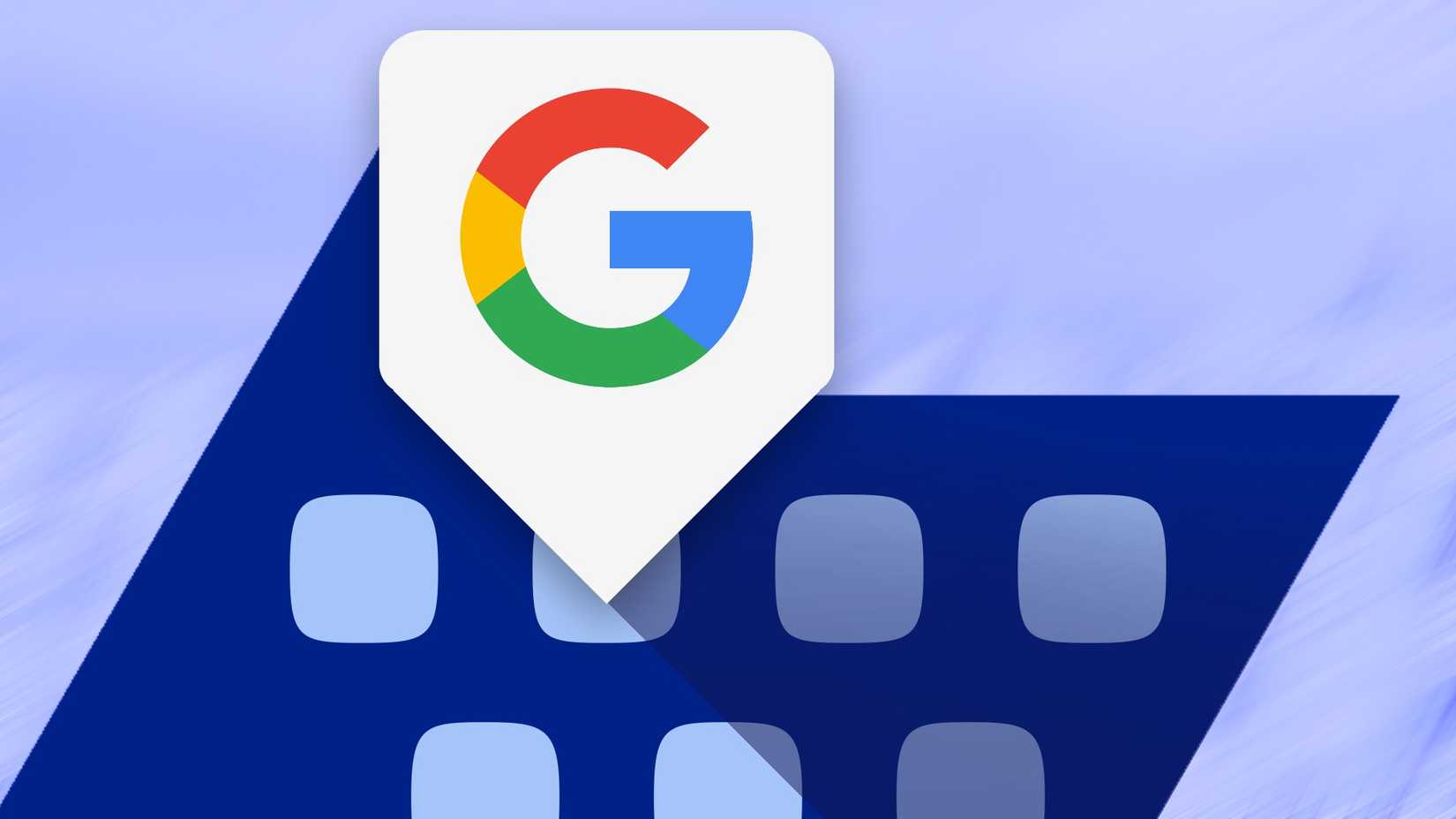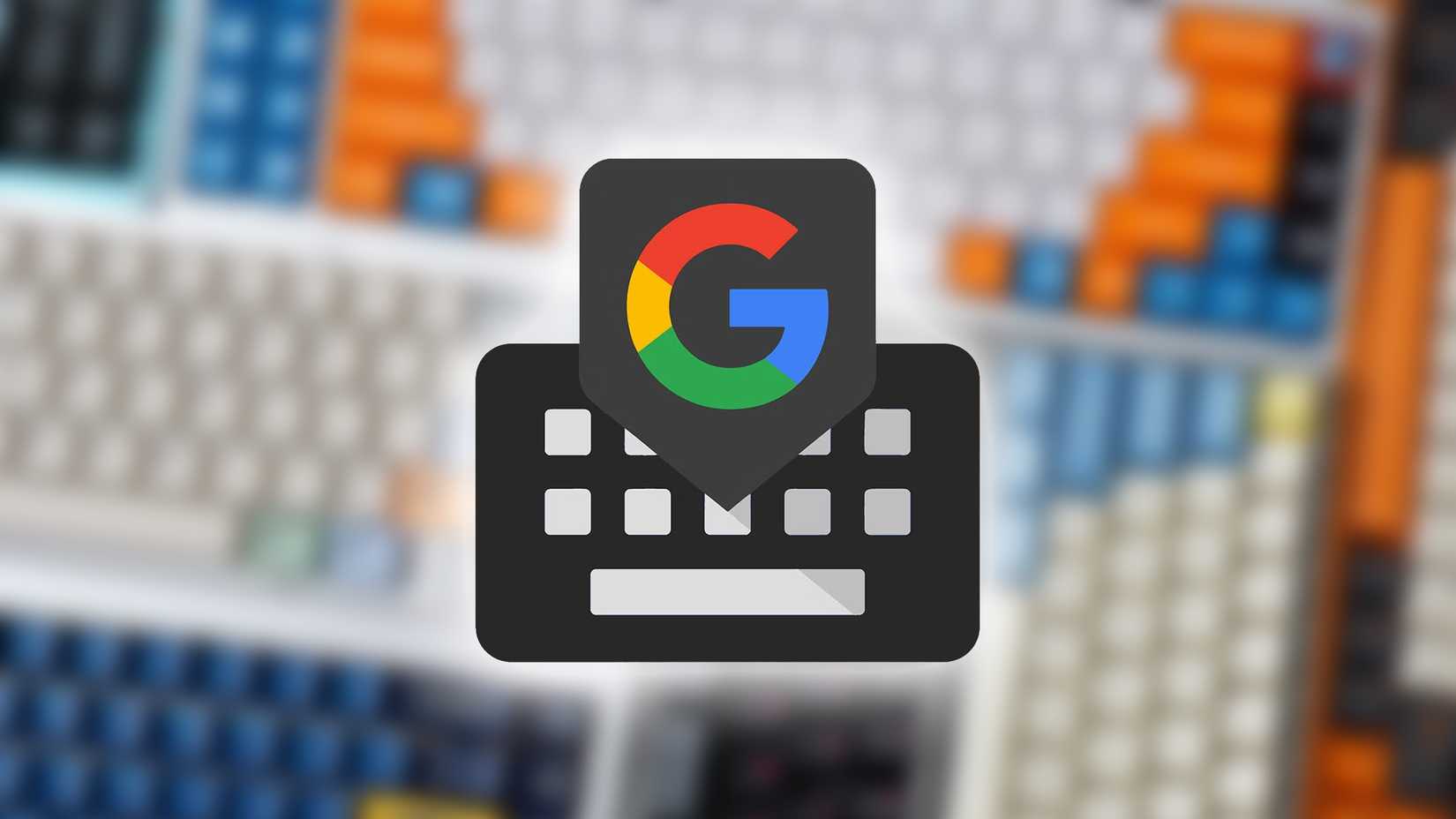We’re all living through the Great AI Hype Cycle. The public conversation is a heavyweight boxing match of ChatGPT versus Gemini.
But there’s a quieter form of AI. Let me give you an example. I was in a WhatsApp chat with a graphic designer in Brazil, trying to coordinate on a file.
My Portuguese is non-existent. As I typed in English, Gboard was translating my text into Portuguese in real time.
Then it hit me. The smartest AI Google has isn’t in Gemini at all. It’s hiding in Gboard.
The invisible AI we’ve been using all along
We’ve been using advanced AI without even realizing it, because it’s so good we’ve mistaken it for a simple tool.
First, there’s the predictive engine. We dismiss that suggestion strip at the top of the keyboard as autocorrect, but it’s a powerful AI.
Gboard’s predictive engine evolved from N-gram models to neural language AI models capable of understanding context and meaning.
For example, it suggests formal phrasing in an email app and casual language in a chat app.
Then there’s the translator I mentioned earlier. This is a Star Trek-level AI that we now treat like a commodity.
And finally, there’s voice typing. Remember when voice dictation was a gimmick?
Now, I use it to dictate entire messages, powered by context-aware neural networks. The AI understands natural pauses to know where to apply punctuation.
When Google’s quiet AI finally steps into the spotlight
Gboard’s AI was subtle until now, but that’s changing. You may have seen new writing tools appearing on your keyboard.
This is the moment the invisible AI became visible. This is Gboard’s generative AI.
First, there’s Proofread. It fixes grammar, punctuation, and sentence structure. It’s the last thing I tap before sending any important email from my phone.
But the main event is Magic Compose. This is the feature that lets you rephrase your writing to sound more formal, concise, or expressive.
This power comes at a cost. As excited as I am about these new generative features, there’s a catch.
Google’s best AI isn’t for everyone. These powerful generative tools require the on-device horsepower of Google’s Gemini Nano.
And that means availability is tied directly to phones with high-end chipsets capable of running it, like Qualcomm’s Snapdragon 8 Elite or MediaTek’s Dimensity 9400.
It includes Google’s own Pixel 9 and Pixel 10 series, but also Android flagships from Samsung, OnePlus, and Xiaomi.
If you have a mid-range phone or an older device with not enough RAM, you’re out of luck.
The difference between chatbot AI and Gboard
This brings me to my core argument. What makes Gboard Google’s most powerful AI isn’t a superior model. It’s how naturally it fits into everything you do.
The keyboard is the single, universal point of input. It sits between your brain and every other app and helps with all of them.
This is the key difference between a chatbot and ambient AI. Chatbots demand attention. They pull you out of what you’re doing.
Imagine needing to reply to a work email. You stop, open the Gemini app, and copy and paste the message.
Then you write a prompt, wait for the output, copy it back, close Gemini, and return to your inbox to paste the result.
Ambient AI, on the other hand, never breaks your flow. You stay in your email app, type a quick rough draft, tap the Formal button, and send.
One interrupts your focus. The other preserves it.
Can we trust an AI that reads everything we type?
The Gemini Nano features in Gboard run on your device. Your text never leaves your phone. It’s processed locally within AICore.
This secure sandbox isolates the AI from the internet, meaning it can’t access or transmit sensitive information like messages, passwords, or banking details. It’s a verifiable privacy safeguard that prevents keylogging.
And because everything happens on-device, Gboard’s AI is fast. There’s no waiting for a server response, no network lag, and it works even offline.
Other features, like the predictive engine and translator, work a bit differently.
Gboard learns your habits, your slang, your friend’s oddly spelled name, but it never shares the exact things you type.
Instead, it anonymizes it and sends the abstract lessons it’s learned that merge with millions of others to improve the global system.
Gboard is Google’s true AI superpower
Gboard stands out as one of Google’s strongest examples of practical AI.
It’s powerful because it works at the moment of thought, not as a separate destination.
It’s private and personal because it learns from how we write, not what we type.
What started as a simple keyboard has quietly become an ambient layer of intelligence that shapes the way we communicate. But that invisibility is also its biggest risk.
If Gboard ever becomes inaccurate, it could lose the very magic that made it indispensable in the first place.




